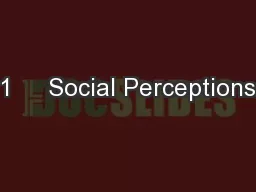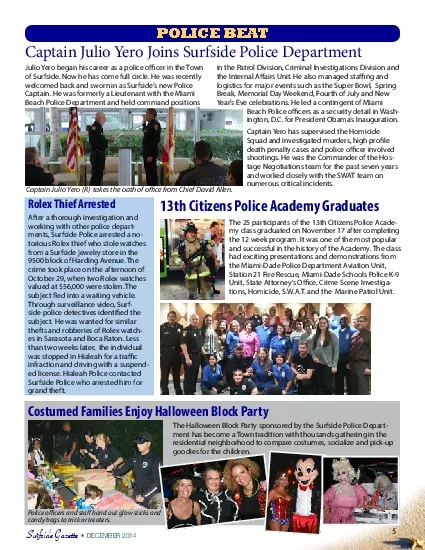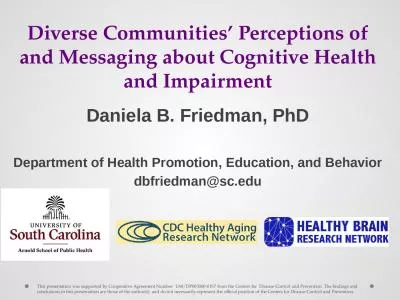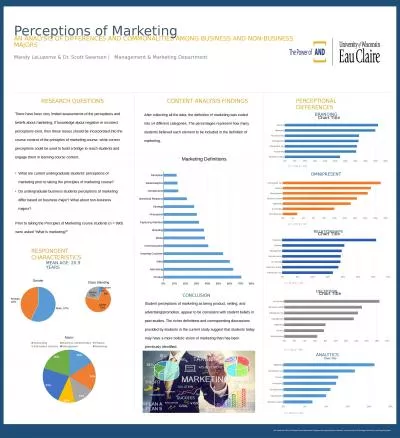PPT-Police Perceptions and Rule Rejections
Author : luanne-stotts | Published Date : 2017-08-28
By Chad Roberge Advisors Ellen S Cohn PhD amp Alexander Blandina MA Hypothesis Results Discussion Method Introduction D ifferent factors lead to ruleviolating
Presentation Embed Code
Download Presentation
Download Presentation The PPT/PDF document "Police Perceptions and Rule Rejections" is the property of its rightful owner. Permission is granted to download and print the materials on this website for personal, non-commercial use only, and to display it on your personal computer provided you do not modify the materials and that you retain all copyright notices contained in the materials. By downloading content from our website, you accept the terms of this agreement.
Police Perceptions and Rule Rejections: Transcript
Download Rules Of Document
"Police Perceptions and Rule Rejections"The content belongs to its owner. You may download and print it for personal use, without modification, and keep all copyright notices. By downloading, you agree to these terms.
Related Documents

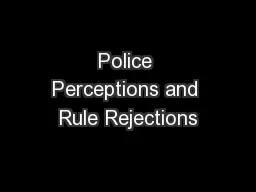


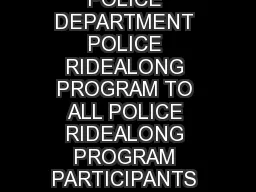
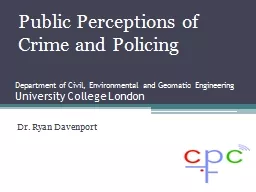
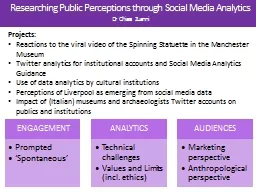
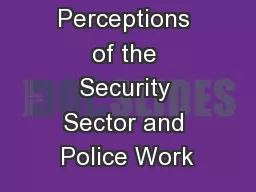
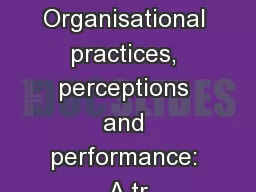
![POLICE PENSIONS Police Pension Scheme [PPS] 1987](https://thumbs.docslides.com/642608/police-pensions-police-pension-scheme-pps-1987.jpg)
